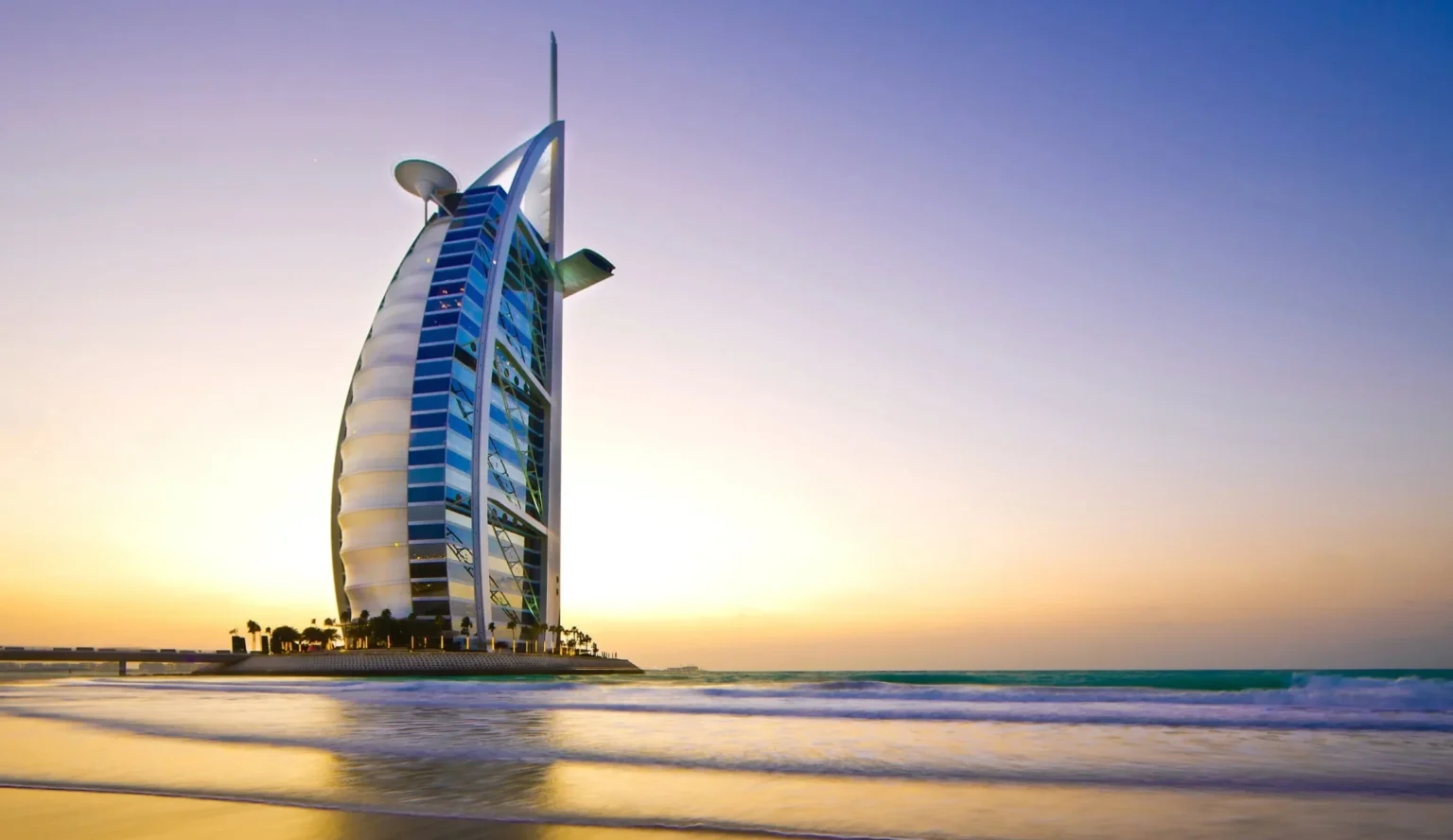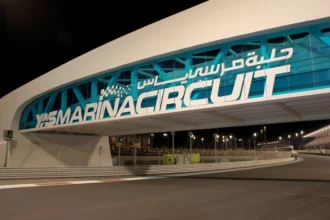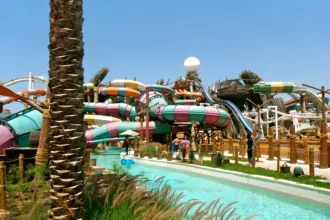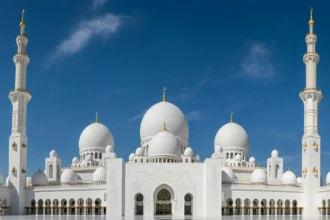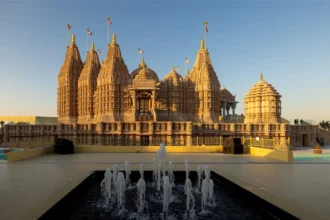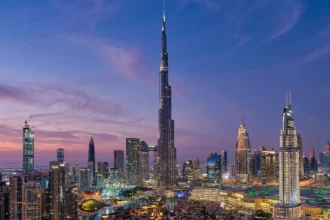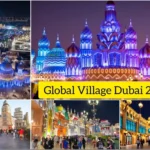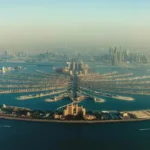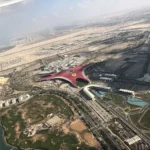The Burj Al Arab Jumeirah, rising from its own island just off the coast of Dubai, is one of the most recognizable hotels in the world.
Often called the world’s only seven-star hotel, it is a symbol of luxury, architectural brilliance, and Dubai’s limitless ambition.
With its sail-shaped silhouette, the Burj Al Arab is not just a place to stay, it’s a destination in itself, where every corner tells a story of elegance and extravagance.
What Makes Burj Al Arab So Special
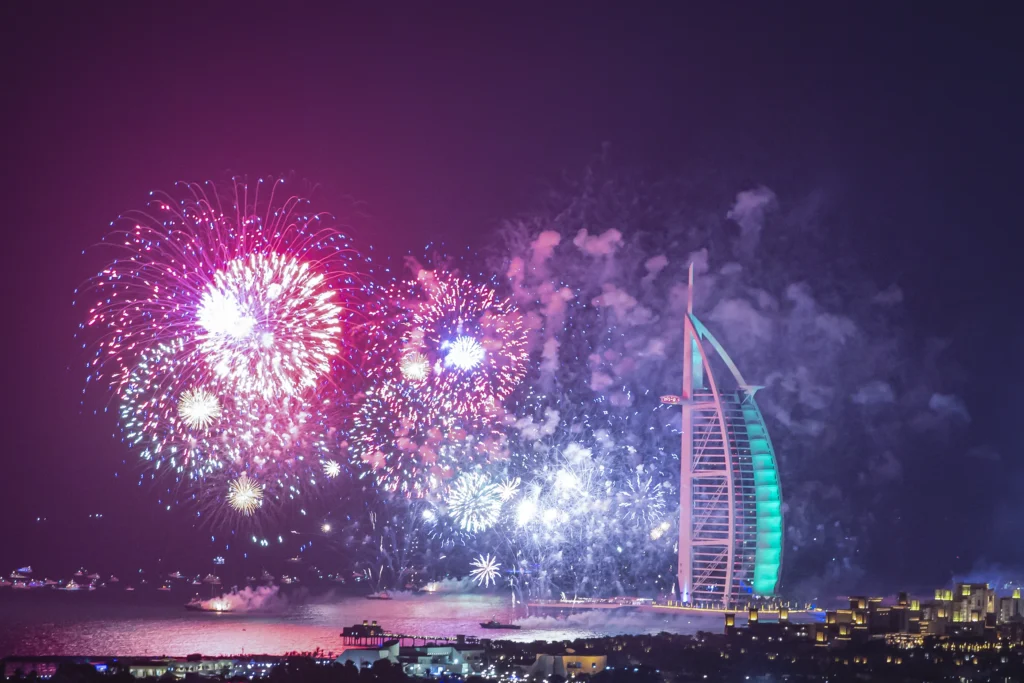
From the moment you approach the hotel via the private bridge that connects it to Jumeirah Beach, the experience feels like crossing into another world.
Guests are welcomed in grand style, surrounded by gold leaf interiors, towering atriums, and marble staircases.
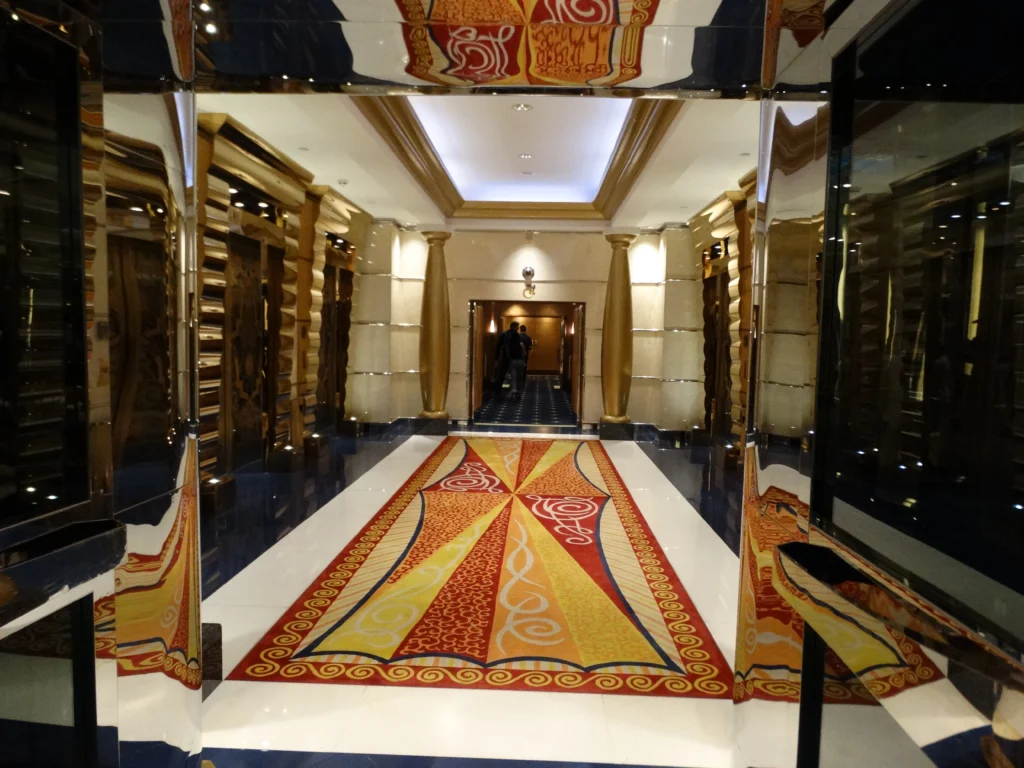
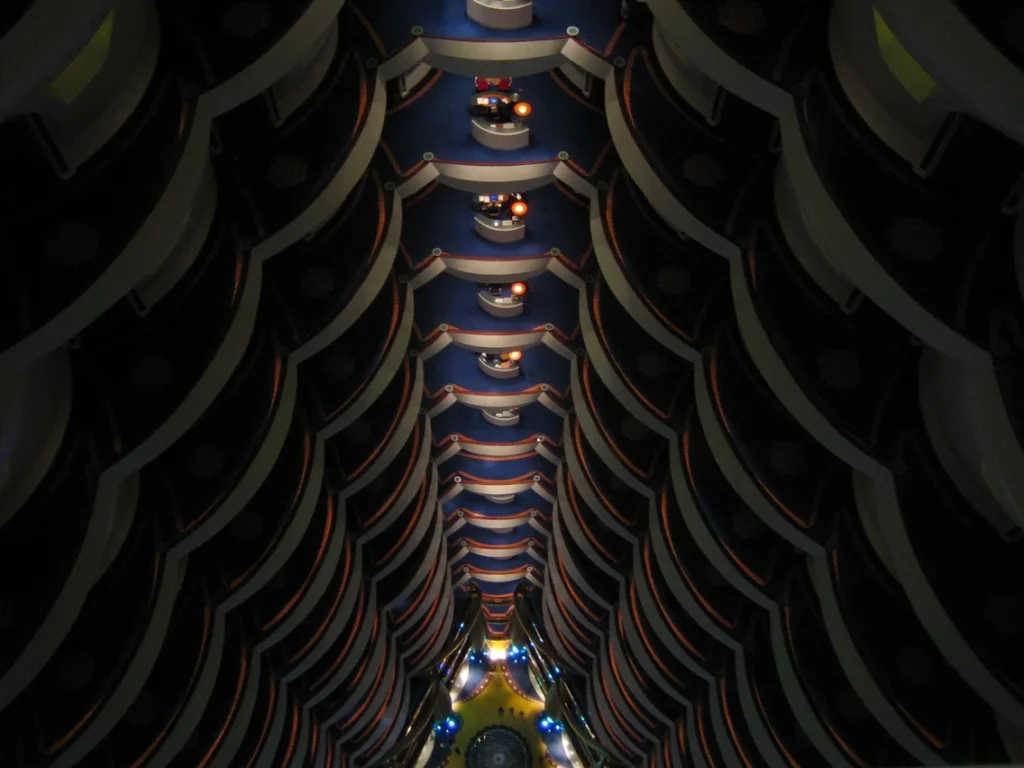
The hotel’s lobby itself is one of the tallest in the world, lined with fountains that perform synchronized displays and golden pillars reflecting light like liquid sunshine.
The Burj Al Arab is designed to resemble the billowing sail of a dhow, a nod to Dubai’s maritime heritage. Every design element, from its curved exterior to the rich textures and patterns inside, evokes the sea, the wind, and the spirit of movement that defines the city.
Suites, Not Rooms
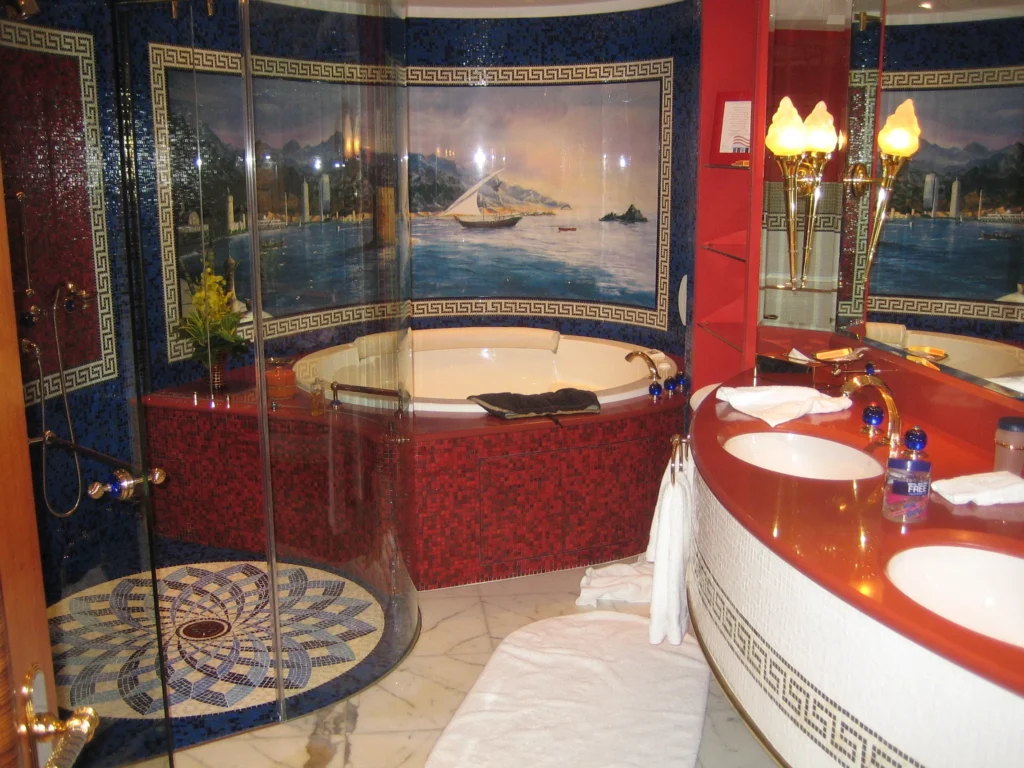
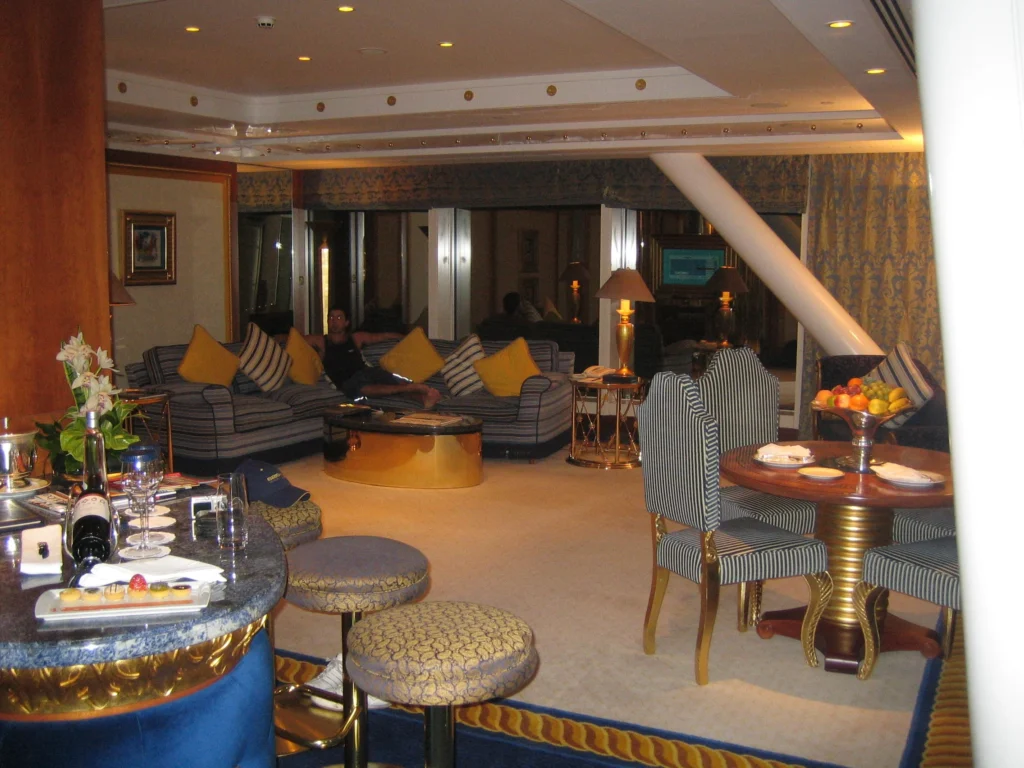
Unlike typical hotels, the Burj Al Arab has no standard rooms, only luxurious duplex suites.
Each suite is a two-floor masterpiece of design, featuring panoramic views of the Arabian Gulf, a private butler service available 24/7, and interiors that blend rich fabrics with gold-plated details.
Even the smallest suite spans over 170 square meters, complete with a living area, office space, and an opulent bathroom decorated with marble and 24-carat gold fittings.
For those looking to experience the ultimate in grandeur, the Royal Suite is among the most exclusive accommodations in the world.
With a private elevator, cinema room, and rotating bed, it redefines what luxury means.
Dining at Burj Al Arab
Dining at the Burj Al Arab is an experience that goes far beyond the food. It’s about setting, service, and spectacle.
The hotel hosts some of Dubai’s most famous restaurants, each with a distinct character and world-class chef.
Al Muntaha
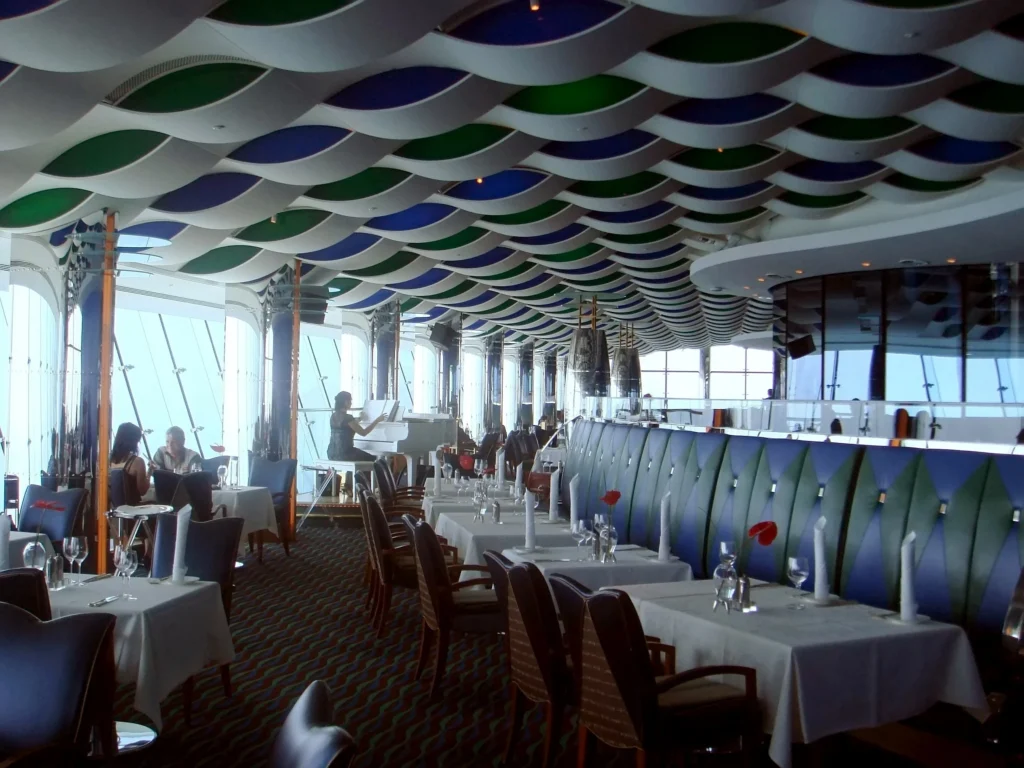
It sits 200 meters above sea level, offering modern European cuisine with stunning skyline views.
Al Mahara
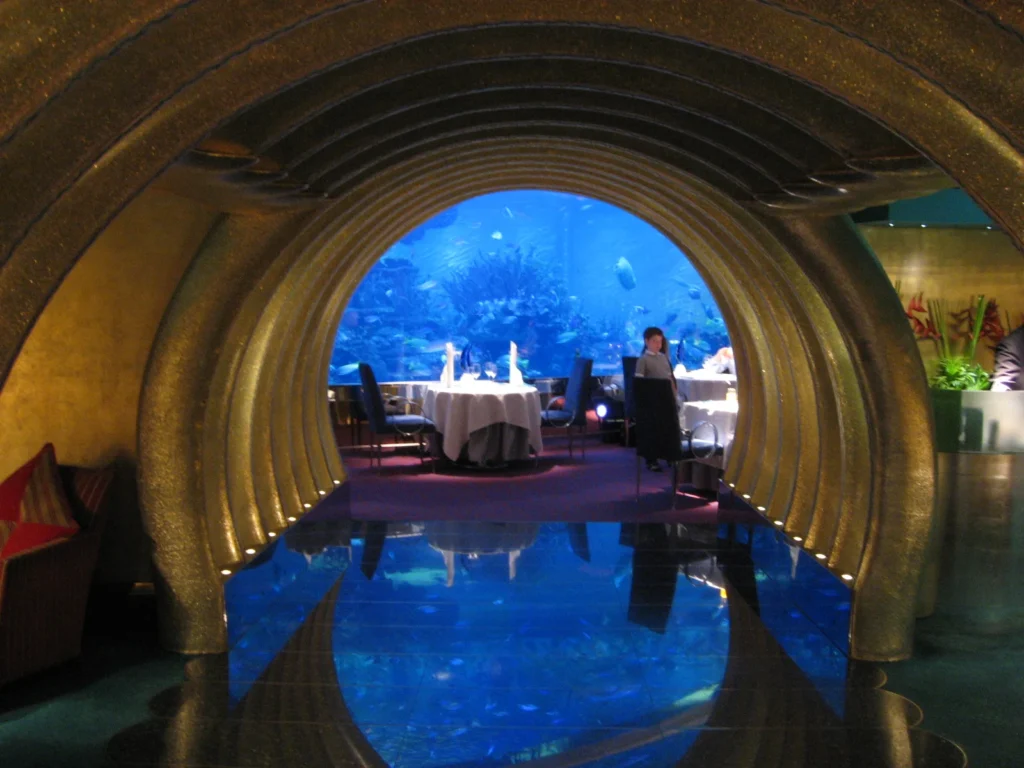
Once famous for its floor-to-ceiling aquarium, creates an underwater illusion while serving exquisite seafood.
Sahn Eddar in the atrium
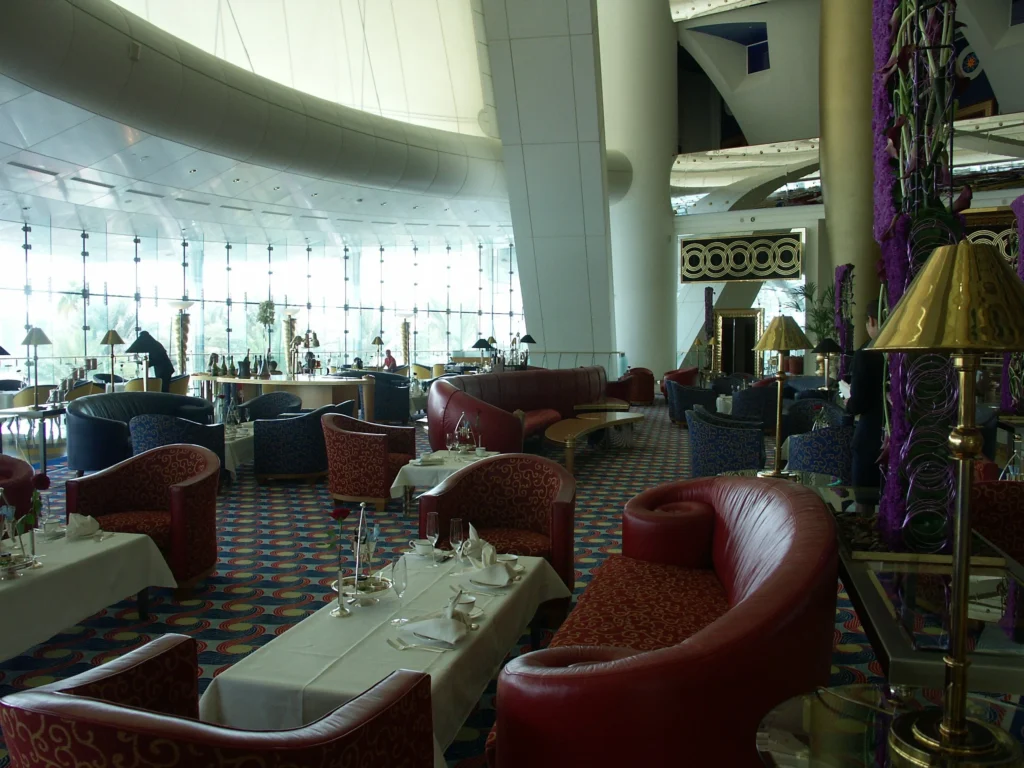
It is a favorite for afternoon tea. Here guests can enjoy delicate pastries under a canopy of gold and color.
Gilt and Skyview Bar
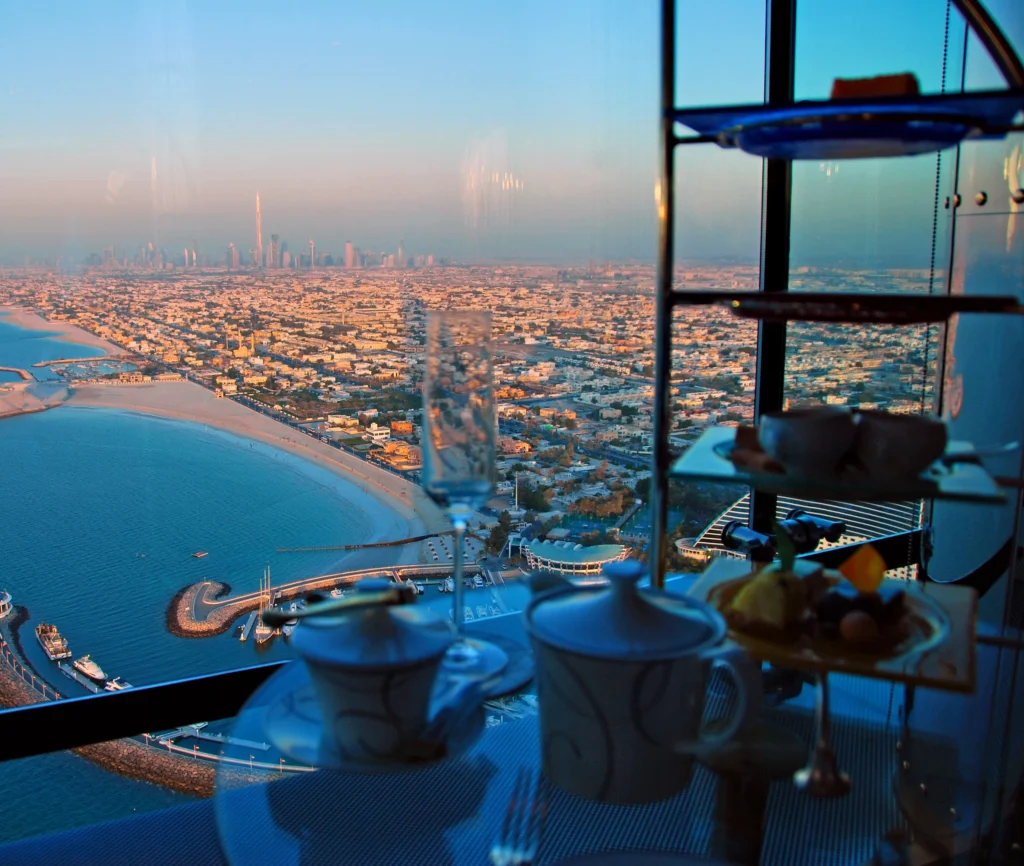
It offers creative cocktails with some of the best sunset views in the city.
Every meal is designed to be a memory, blending flavors from across the world with the kind of presentation and attention to detail that few hotels can match.
Experiences Beyond the Stay
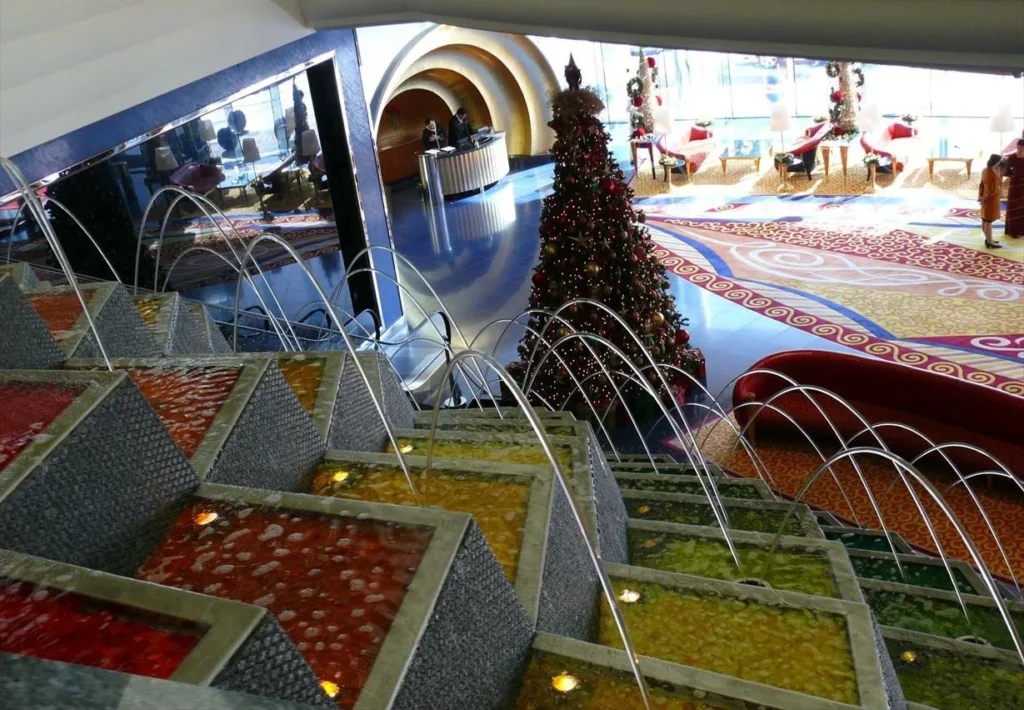
Even for those not staying at the hotel, Burj Al Arab offers curated experiences that provide a glimpse into its grandeur.
Visitors can book a guided tour called “Inside Burj Al Arab”. This gives access to the Royal Suite, historical exhibits, and insights into the creation of this global icon.
There’s also a dedicated lounge for afternoon tea and sunset viewing, perfect for soaking in the atmosphere.
Guests can indulge in world-class spa treatments at The Talise Spa, located on the 18th floor. With floor-to-ceiling windows overlooking the sea, the spa offers an experience of serenity amid the clouds.
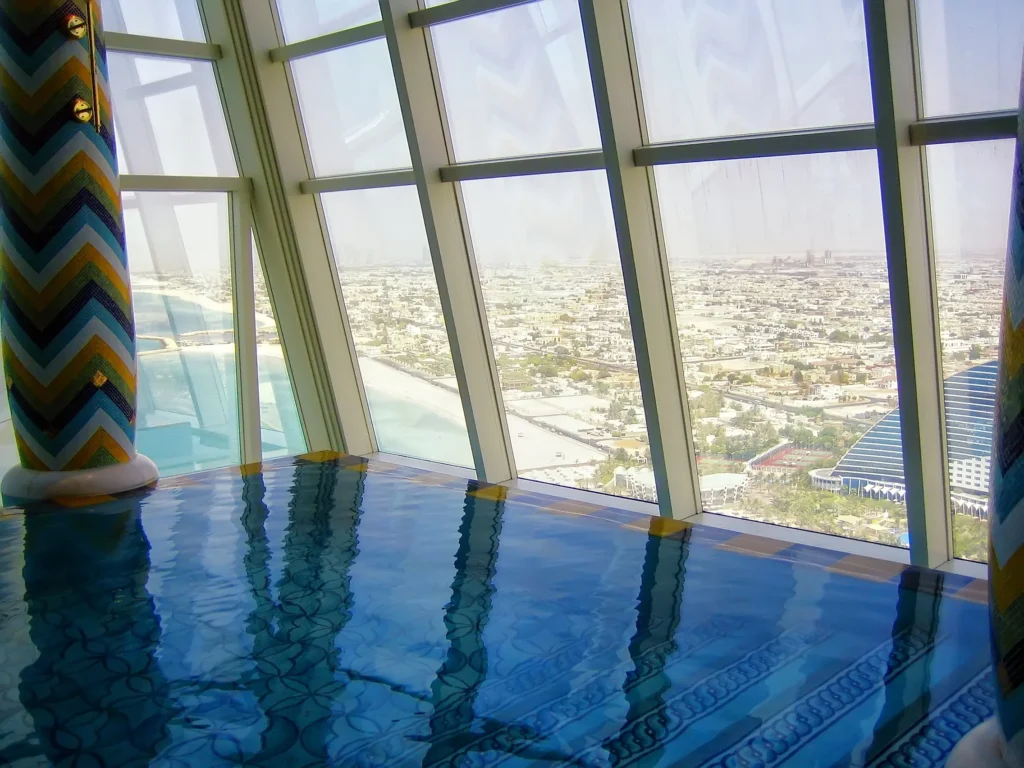
Treatments combine ancient techniques with modern wellness science, ensuring relaxation on a level few places can offer.
For a day by the sea, Burj Al Arab Terrace offers an infinity pool stretching out into the Gulf, cabanas, and fine dining. It’s a private oasis designed for ultimate comfort and tranquility.
Tickets and Visiting Options
Staying at the Burj Al Arab can cost anywhere between AED 6,000 to AED 25,000 per night depending on the suite and season.
Visitors can still enjoy parts of its luxury without booking a room.
- Inside Burj Al Arab Tour: Starts at around AED 249 per person, lasting about 90 minutes. Visitors can explore parts of the hotel, the Royal Suite, and the interactive exhibitions.
- Afternoon Tea at Sahn Eddar or Skyview Bar: Prices start at around AED 490 per person.
- Dining Experience: Meal prices vary but usually begin around AED 600–AED 1,000 per person depending on the restaurant and menu.
All visits should be booked in advance. The hotel maintains limited visitor access to preserve its exclusivity and guest privacy.
Timings and Best Time to Visit
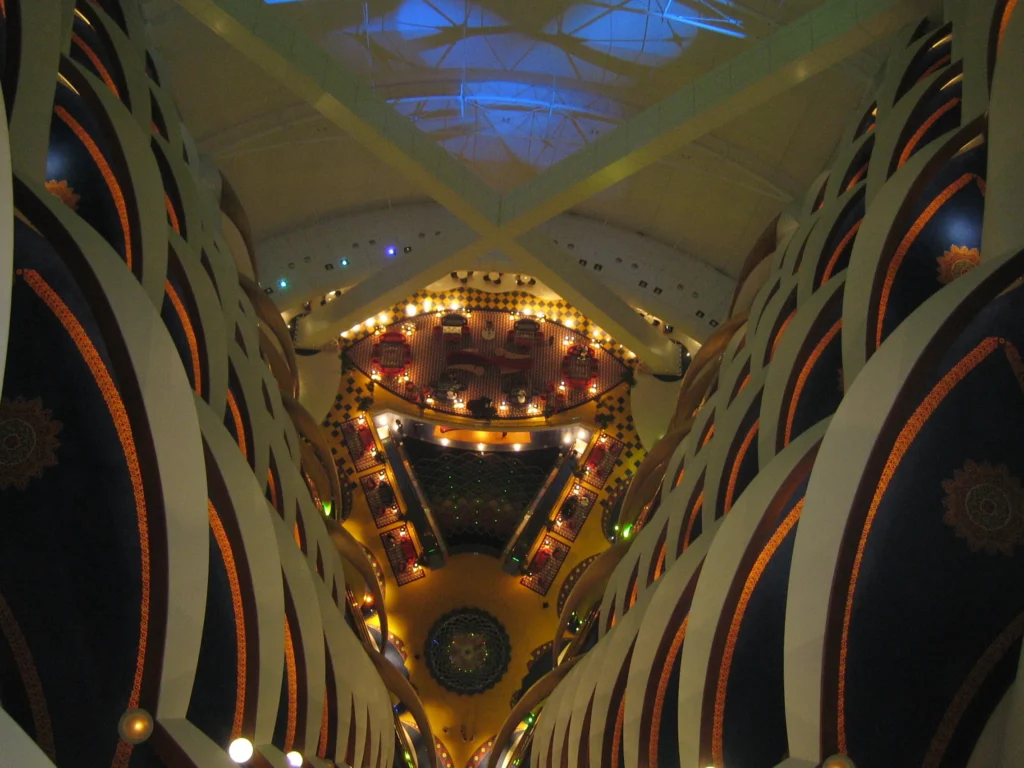
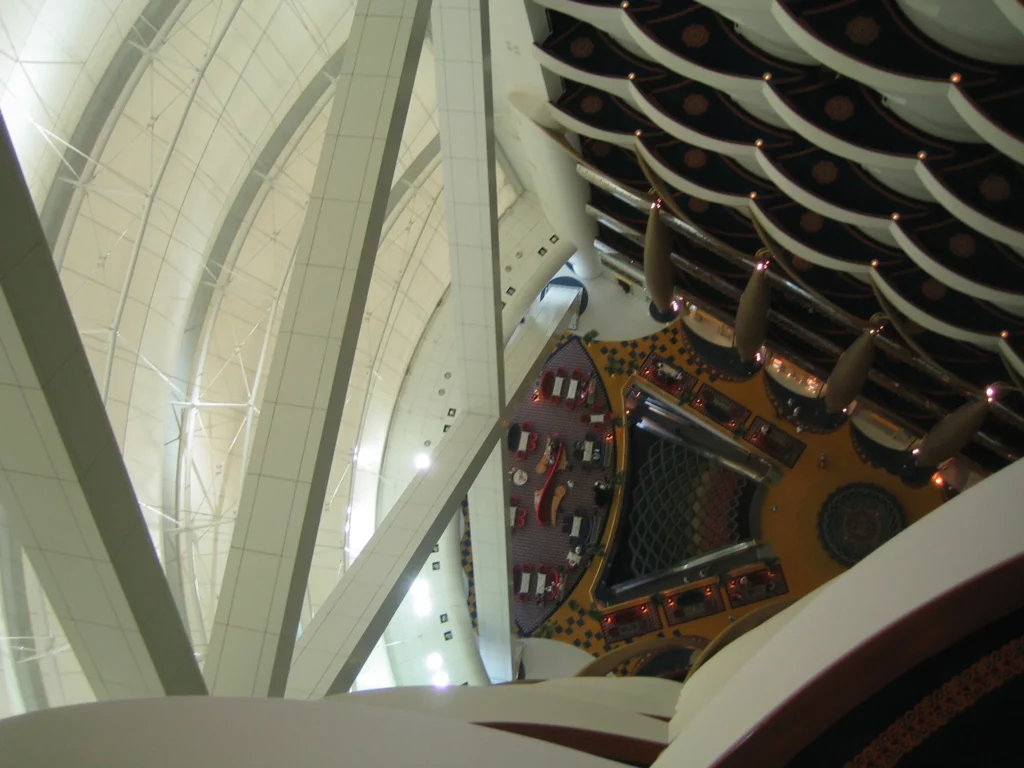
The Burj Al Arab operates 24/7 for guests, but specific experiences and tours have their own timings:
- Inside Burj Al Arab Tour: 10:00 AM to 7:00 PM (last entry varies by season)
- Restaurants and Bars: Open from midday to late night, depending on venue
- Talise Spa: 10:00 AM to 8:00 PM daily
The best time to visit is from October to April. It’s when Dubai’s weather is pleasant, the skies are clear, and the sea sparkles in the afternoon light. It is perfect for viewing and photos.
Photography and Etiquette Tips
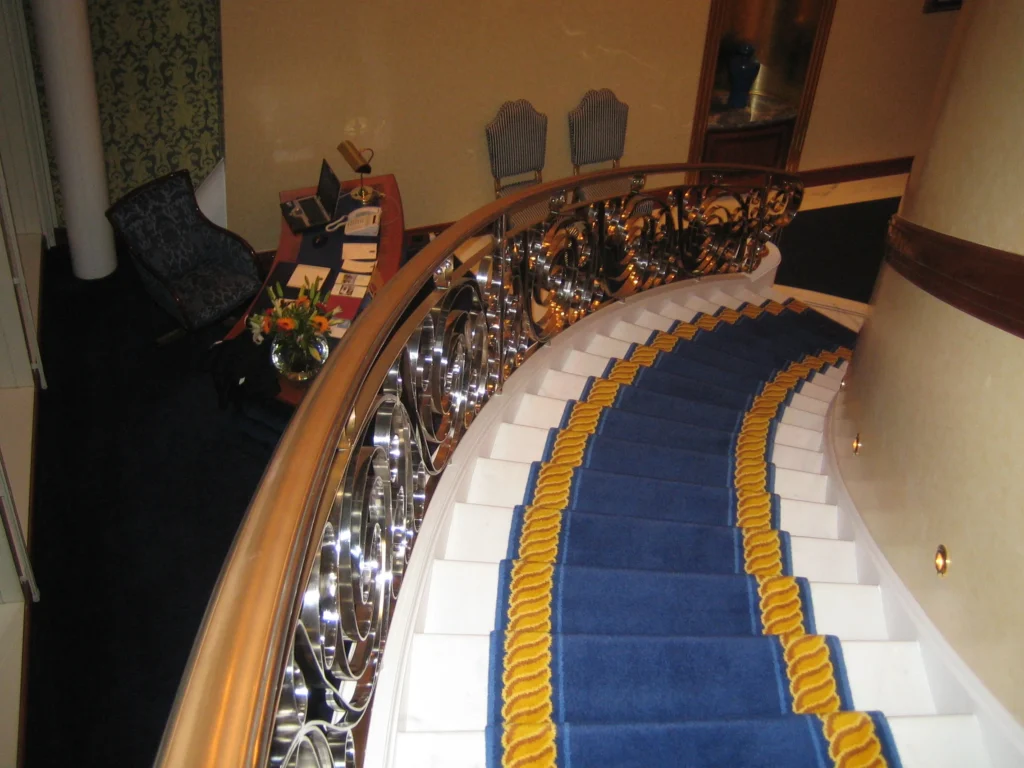
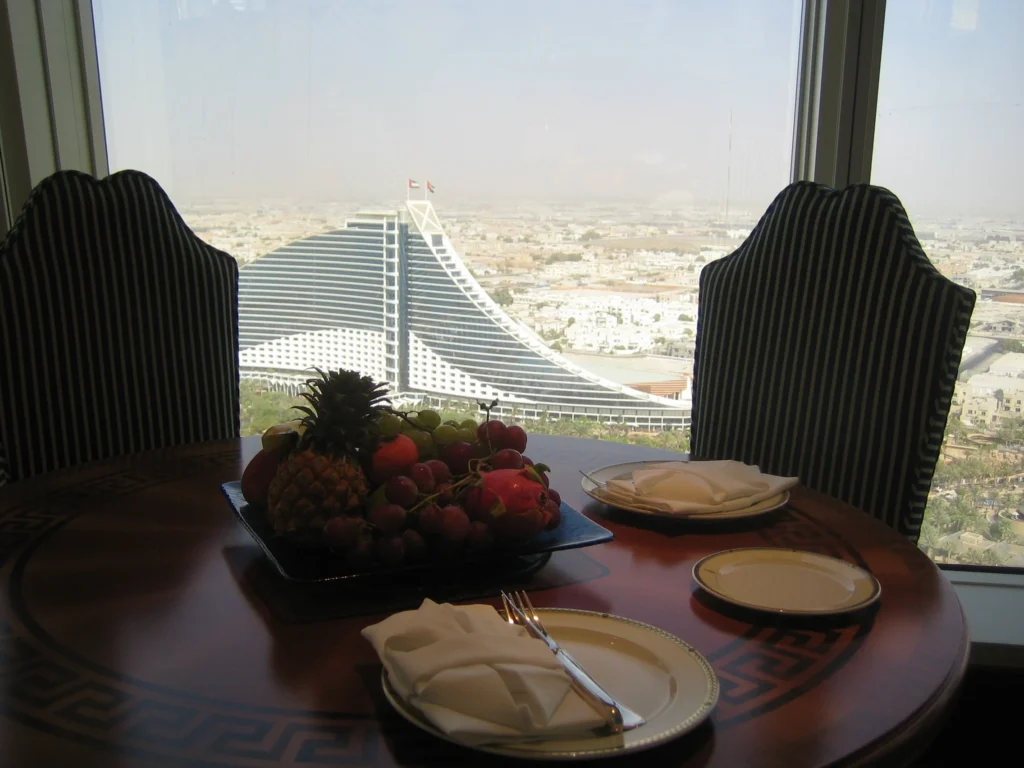
Visitors often come to the Burj Al Arab not only to experience its luxury but to capture its stunning visuals. However, photography inside the hotel is restricted to certain areas, especially during the tour.
Professional cameras may require prior permission. It’s recommended to dress elegantly, as the hotel enforces a smart casual or formal dress code for all visitors and guests.
Interesting Facts About Burj Al Arab
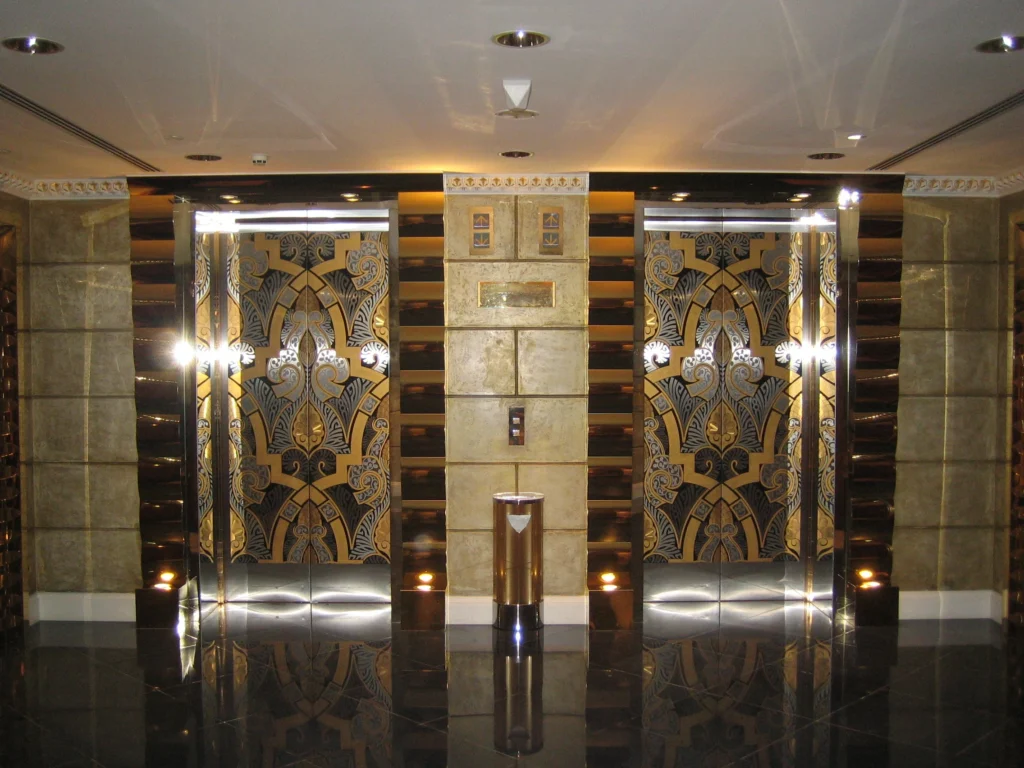
- The hotel’s helipad has hosted everything from tennis matches featuring Roger Federer and Andre Agassi to car stunts by David Coulthard and even a boxing ring for promotional events.
- Over 1,790 square meters of 24-carat gold leaf were used in the interior design.
- The atrium rises to 180 meters, making it one of the tallest in the world.
- The building stands on an artificial island connected by a 280-meter bridge.
- Every suite comes with a dedicated team of butlers trained to anticipate guest needs before they are even expressed.
Why It’s Called a Seven-Star Hotel
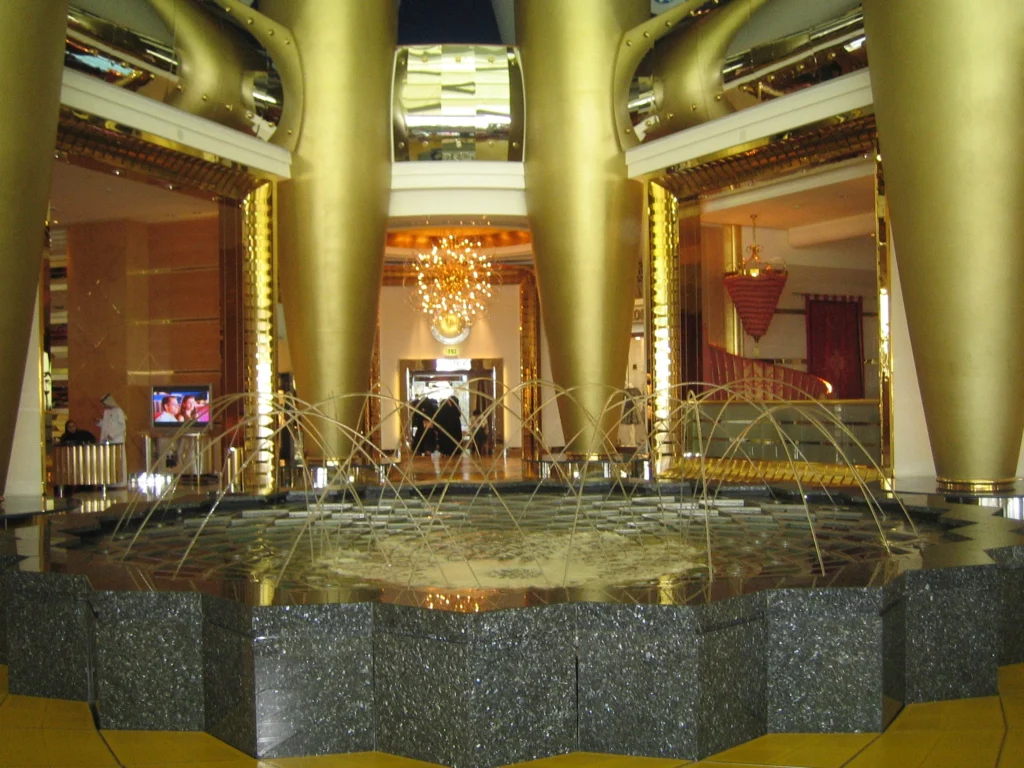
Officially, hotel ratings only go up to five stars. But Burj Al Arab’s seven-star reputation began when a journalist visiting before its opening described it as “beyond five stars.”
The name stuck because it genuinely feels that way, luxury at a level that exceeds expectations in every sense.
Reflections on the Burj Al Arab Experience
Burj Al Arab isn’t just a hotel, it’s an emblem of Dubai’s transformation from a desert city to a global luxury destination.
Every design, service, and experience inside reflects the city’s ambition to lead, innovate, and inspire.
Even for locals, the sight of the sail-shaped structure shimmering in the sun continues to be a reminder of how far Dubai has come.
For travelers, it’s not merely about staying in one of the most expensive hotels in the world. It’s about experiencing a living symbol of human creativity and ambition.
Whether you visit for an afternoon tea, a guided tour, or an overnight stay, Burj Al Arab offers a story you’ll remember long after you leave.

